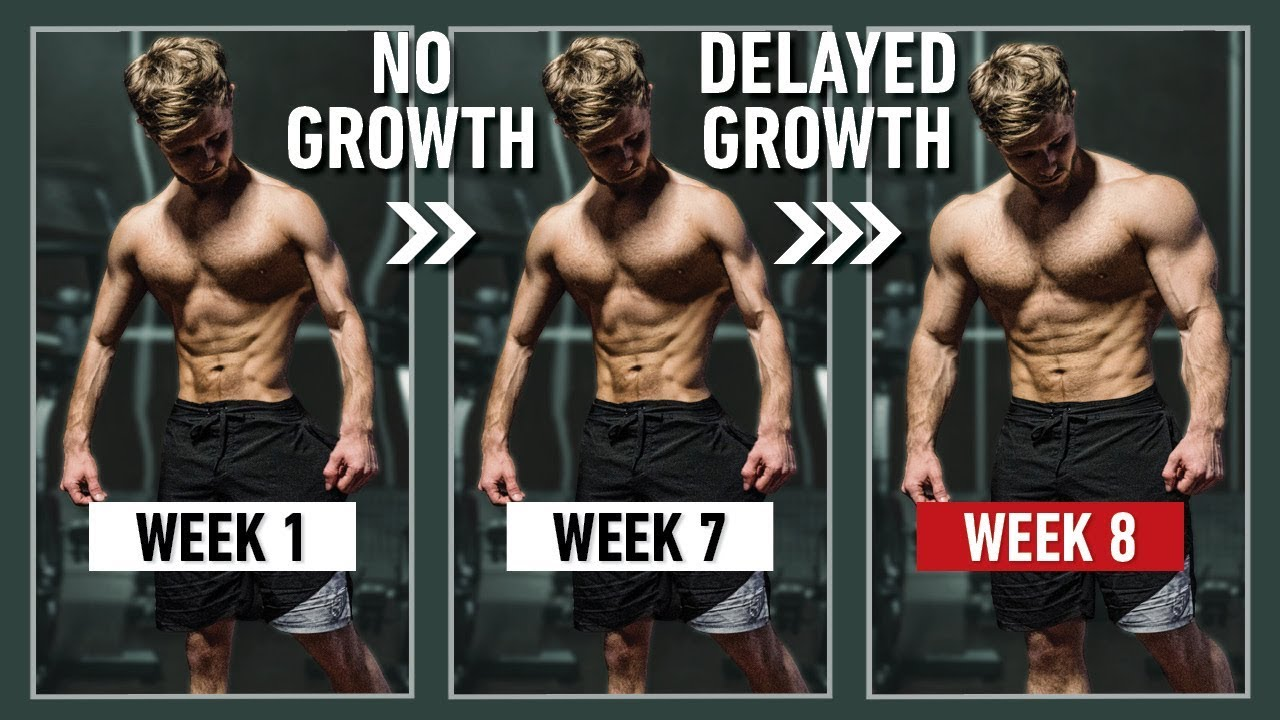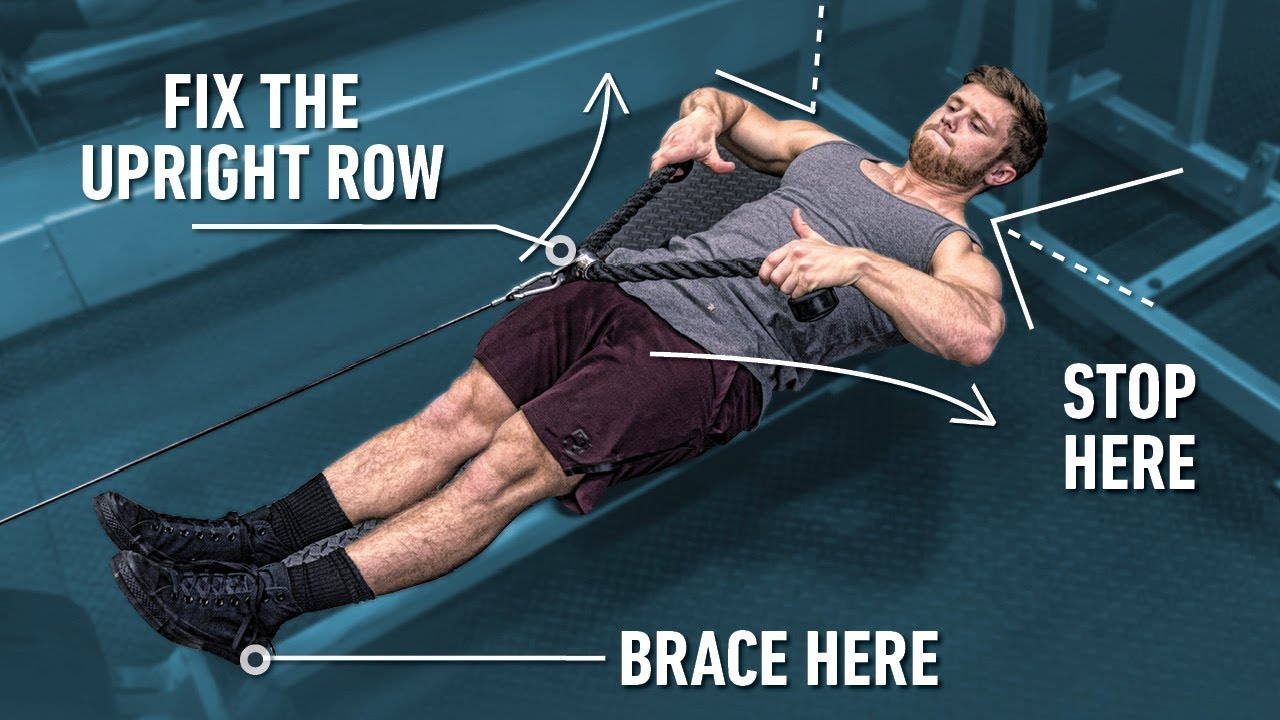Building muscle is often described as a straightforward process: train hard, recover, grow, repeat. But recent research suggests that there may be more to it than the standard “stimulate and recover” cycle. A groundbreaking Norwegian study has provided evidence supporting a long-debated concept in strength sports—delayed hypertrophic supercompensation.
In simple terms, this theory proposes that after a period of intense overreaching, muscle growth might not peak during training but instead occur after a recovery phase, with muscle fibers rebounding to levels greater than before. This idea, long applied in powerlifting for strength peaking, may also hold true for hypertrophy.
So what does the science say, and how can you use it in your own training? Let’s break it down.

Understanding Supercompensation
The Basic Model
Supercompensation describes a biological rebound effect:
- Training Stress (Overreaching): Hard training temporarily lowers performance as fatigue accumulates and recovery lags behind.
- Recovery Phase: After adequate rest, your body repairs damaged tissue and restores energy systems.
- Rebound (Supercompensation): Adaptations overshoot the baseline, making you stronger, bigger, or faster than before.
If recovery is insufficient, this process stalls, and you risk overtraining, where performance continues to decline rather than rebound.
Beginners vs. Advanced Lifters: Who Benefits?
Your training experience dictates whether you should even consider overreaching cycles:
- Beginners: New lifters make consistent, linear progress without extreme fatigue. Overreaching is unnecessary and counterproductive at this stage.
- Intermediate Lifters: Some short phases of increased training stress may help break plateaus, but most progress still comes from gradual overload.
- Advanced Athletes: As training age increases, the stimulus required for new growth often exceeds what you can fully recover from in a single training block. Intentional overreaching, followed by planned deloads, may unlock further progress.
This is why elite powerlifters often schedule overreaching blocks before major competitions, tapering afterward to peak strength when it matters most.
The Norwegian Study: First Evidence of Delayed Hypertrophy
A recent study from Norway put this theory to the test. Researchers recruited 16 untrained participants and subjected them to a brutal leg training program designed to push their recovery limits.
The Training Protocol
- Exercise: Leg extensions with blood flow restriction (BFR), which amplifies metabolic stress by restricting venous return to the muscles.
- Frequency: 7 sessions over 5 days, with some participants training legs twice daily.
- Two Training Blocks:
- Block 1: 5 days of intense leg work, followed by 10 days of rest.
- Block 2: Same 5-day protocol, followed by another 10 days of rest.
The Results
Muscle size was measured at multiple points: near the end of the first block, during rest, and after the second block. Here’s what they found:
- Initial Decline: Muscle fiber size actually decreased during the first training phase, likely due to inflammation and incomplete recovery.
- Gradual Rebound: After the second block, muscle fibers began to grow during rest.
- Peak Growth After Rest: The largest increases in fiber size occurred 10 days after completing the final training block.
This supports the idea of delayed hypertrophic supercompensation—muscles grew the most not during training, but after an extended recovery.
Caveats and Limitations
While this study is promising, several important points need to be considered:
- Small Sample Size: Only 13 participants completed the study.
- Untrained Subjects: Results might differ for experienced lifters who already handle high training volumes.
- Mixed Data: Whole-muscle ultrasound measurements didn’t show as clear of a hypertrophy trend as muscle biopsies.
- Short Follow-Up: Muscle growth beyond the 10-day post-training window wasn’t tracked.
More research is needed, especially on trained athletes and different training modalities.

Practical Applications for Bodybuilders and Strength Athletes
So, should you start smashing your body with overreaching cycles? The answer depends on your experience level and recovery capacity.
Beginners: Stick to Basics
If you’re new to training, forget overreaching. Focus on progressive overload, proper nutrition, and consistent recovery. You’ll grow just fine without flirting with fatigue extremes.
Intermediates: Occasional Overreach
If progress slows, a short phase of slightly higher training volume followed by a deload might help you push past plateaus. Think of this as a mild version of supercompensation.
Advanced Lifters: Structured Overreaching
For experienced bodybuilders or powerlifters, planned overreaching cycles can be beneficial, especially before a deload or taper. Key guidelines include:
- Monitor Recovery: Watch for signs of excessive fatigue, such as persistent soreness, joint pain, poor sleep, or declining performance.
- Plan Your Deload: The rebound happens during rest, so schedule at least 7–14 days of reduced volume or intensity after an overreaching phase.
- Don’t Overdo It: The goal is functional overreaching, not overtraining. Pushing too far can lead to setbacks.
Blood Flow Restriction: A Note on the Study’s Method
The study used BFR training, which restricts blood flow to increase metabolic stress and muscle fiber recruitment at low loads. While BFR can be a powerful tool, it’s not mandatory for supercompensation. Similar effects might be achieved with high-volume, high-tension training methods—though more research is needed to confirm this.
Real-World Observations
Even before this research, many athletes have noticed a similar rebound effect. After periods of heavy training, bodybuilders often report muscles looking fuller and harder a week or two after reducing training volume. Strength athletes routinely hit personal records after tapering from high-volume blocks.
This study gives scientific backing to what many have experienced anecdotally.

Should You Try It?
If you’re an advanced lifter who has plateaued despite consistent training, experimenting with a carefully structured overreaching cycle may be worthwhile. However, beginners and casual lifters will make faster progress by sticking to standard progressive overload and consistent recovery.
For those who do try, here’s a simplified approach:
- Push Training Volume Hard for 1–3 Weeks: Slightly exceed your usual workload, staying just short of performance breakdown.
- Plan a Deload: Reduce volume and intensity for 1–2 weeks to allow recovery.
- Monitor Your Body: If fatigue signs worsen, back off sooner.
- Track Results: Look for improved strength, performance, and muscle fullness after the deload.
The Bottom Line
The idea of delayed hypertrophic supercompensation is no longer just theory—it now has some scientific support. While one study doesn’t provide definitive answers, it opens exciting possibilities for advanced training strategies.
For now, treat overreaching as an optional tool rather than a necessity. Push hard when appropriate, recover fully, and remember that muscle growth happens during rest, not just in the gym.



